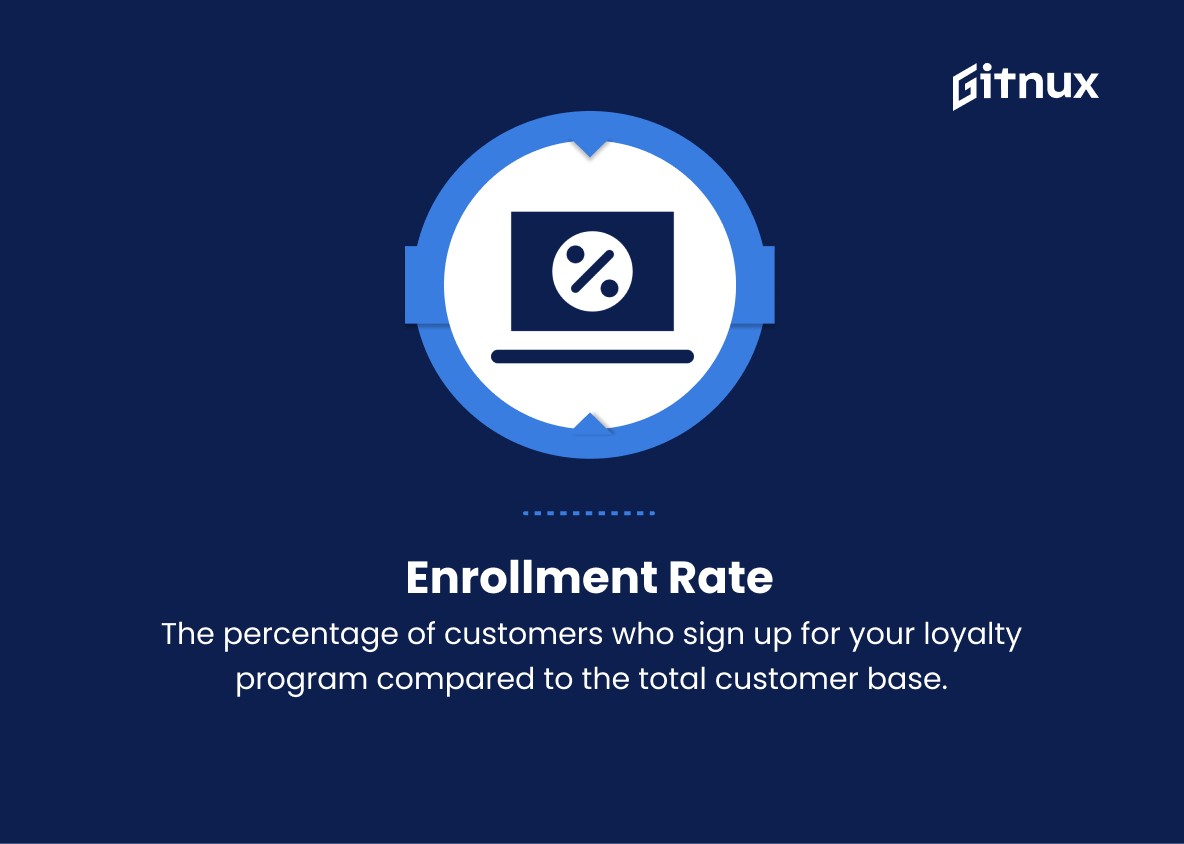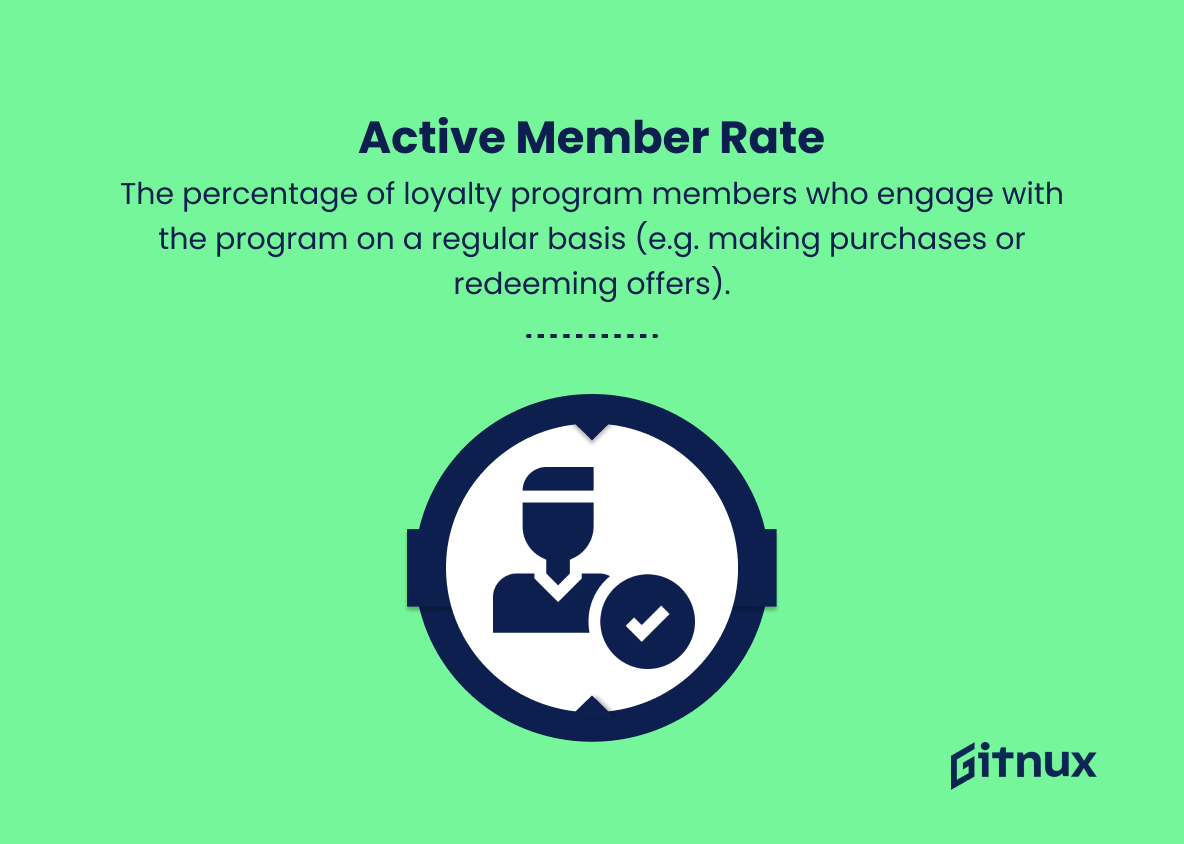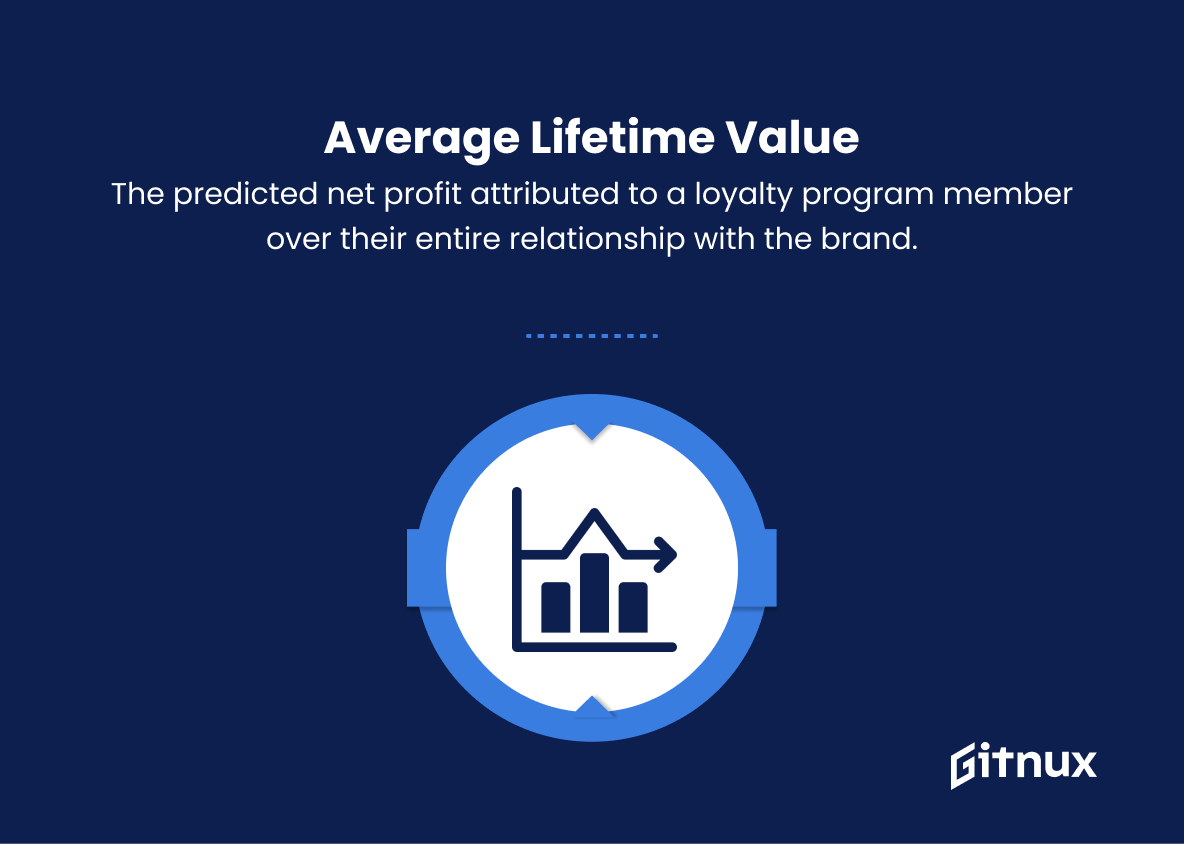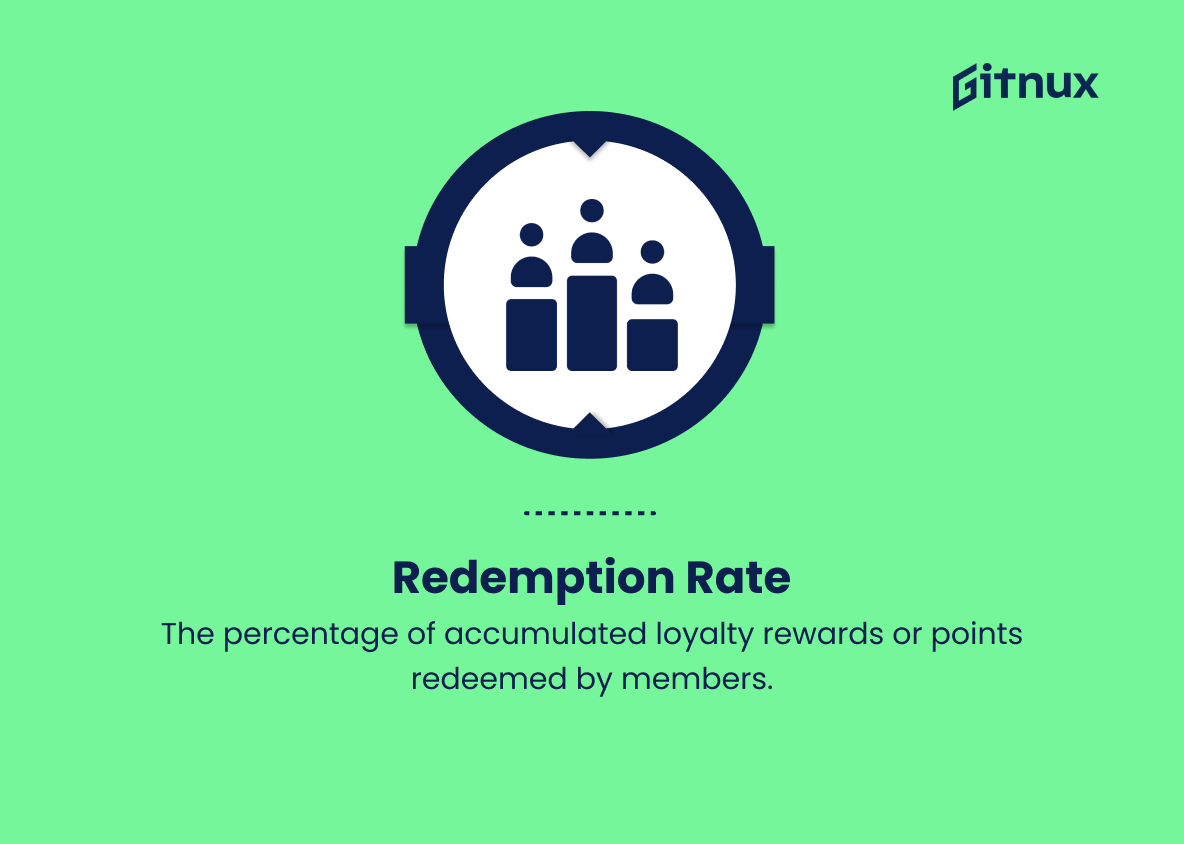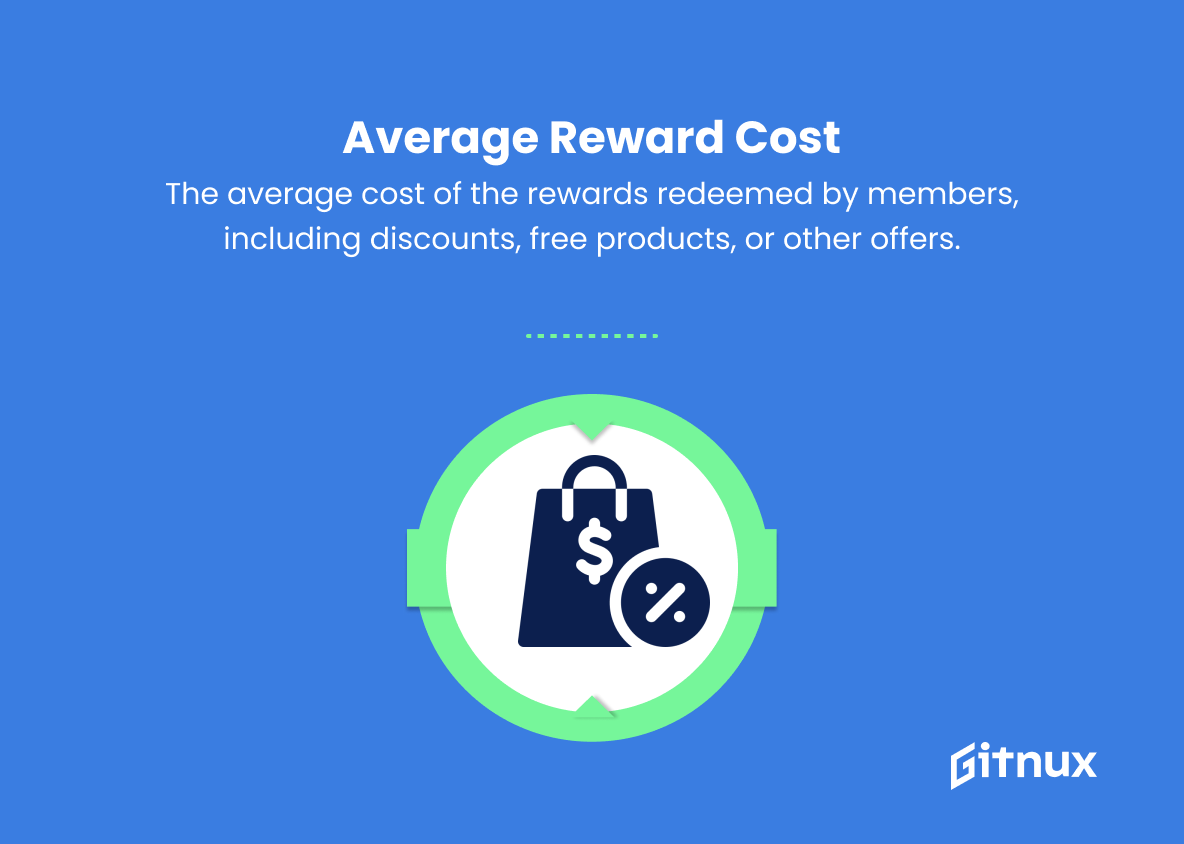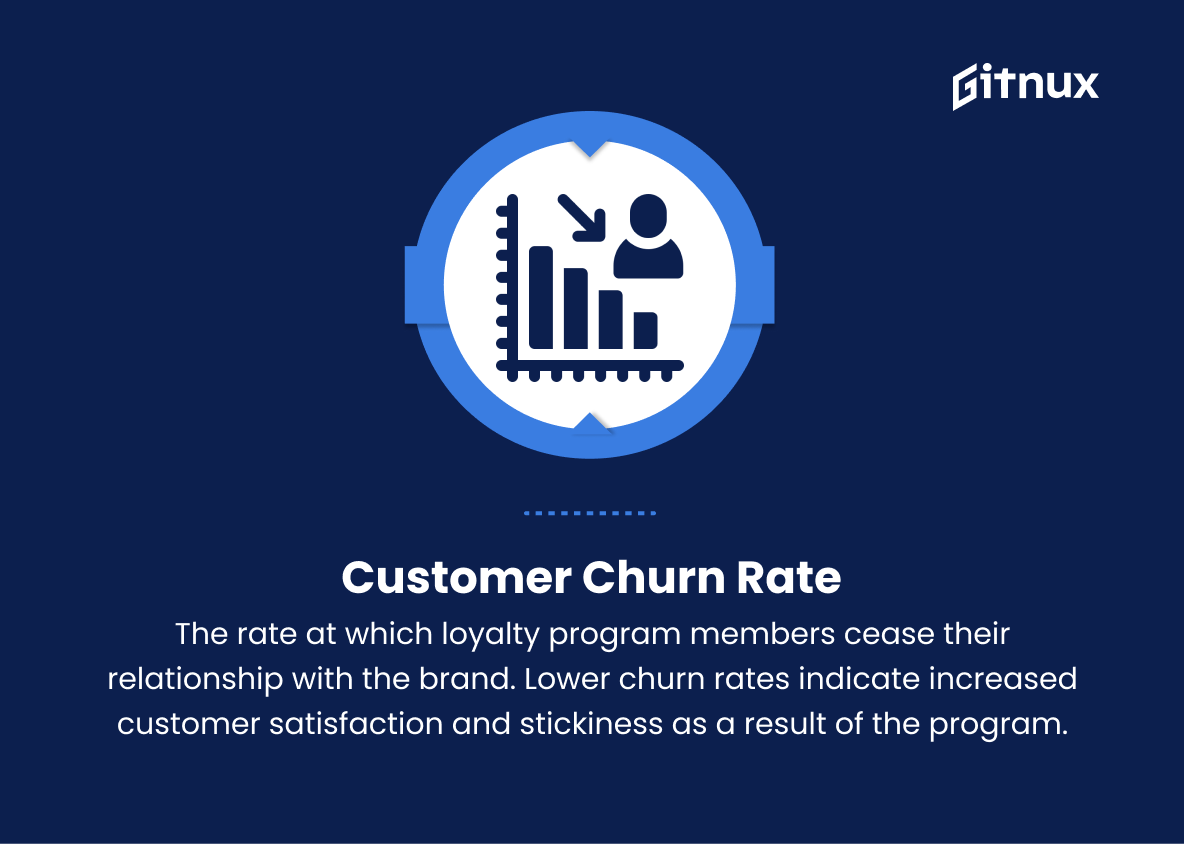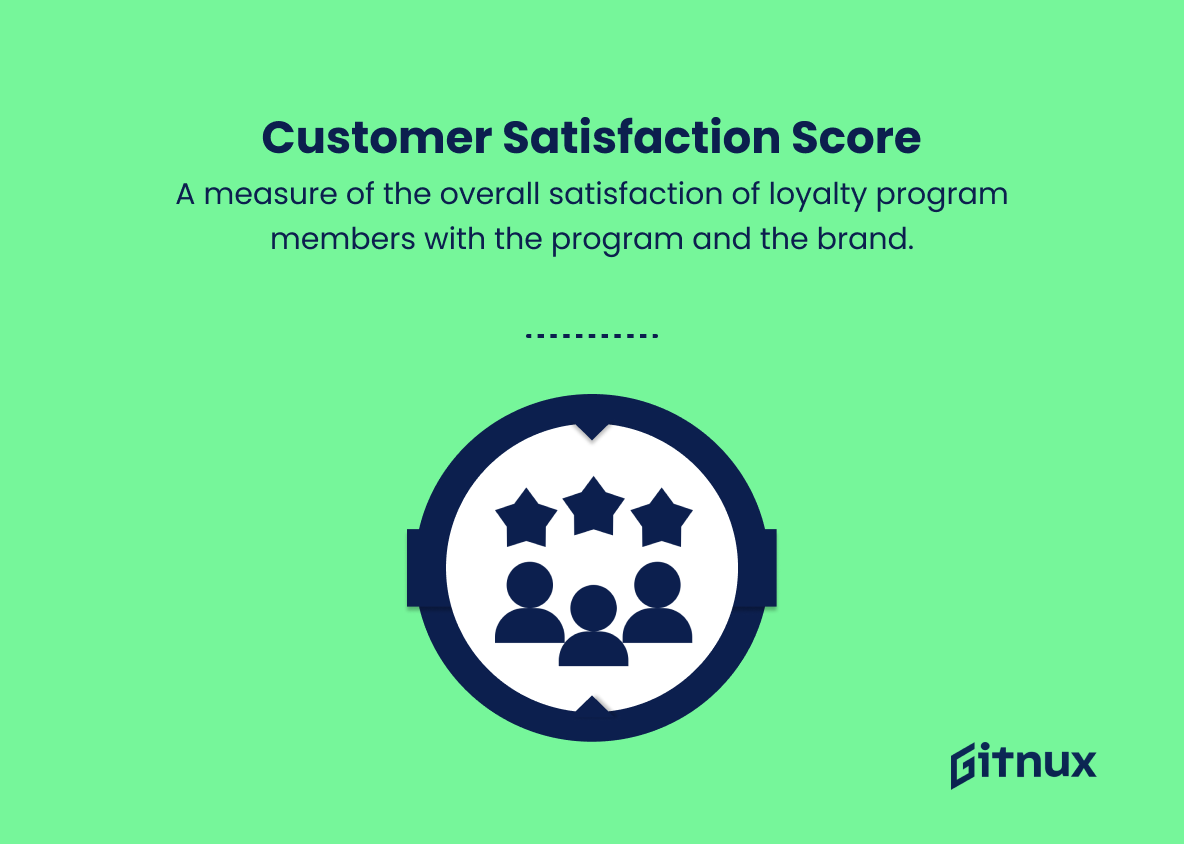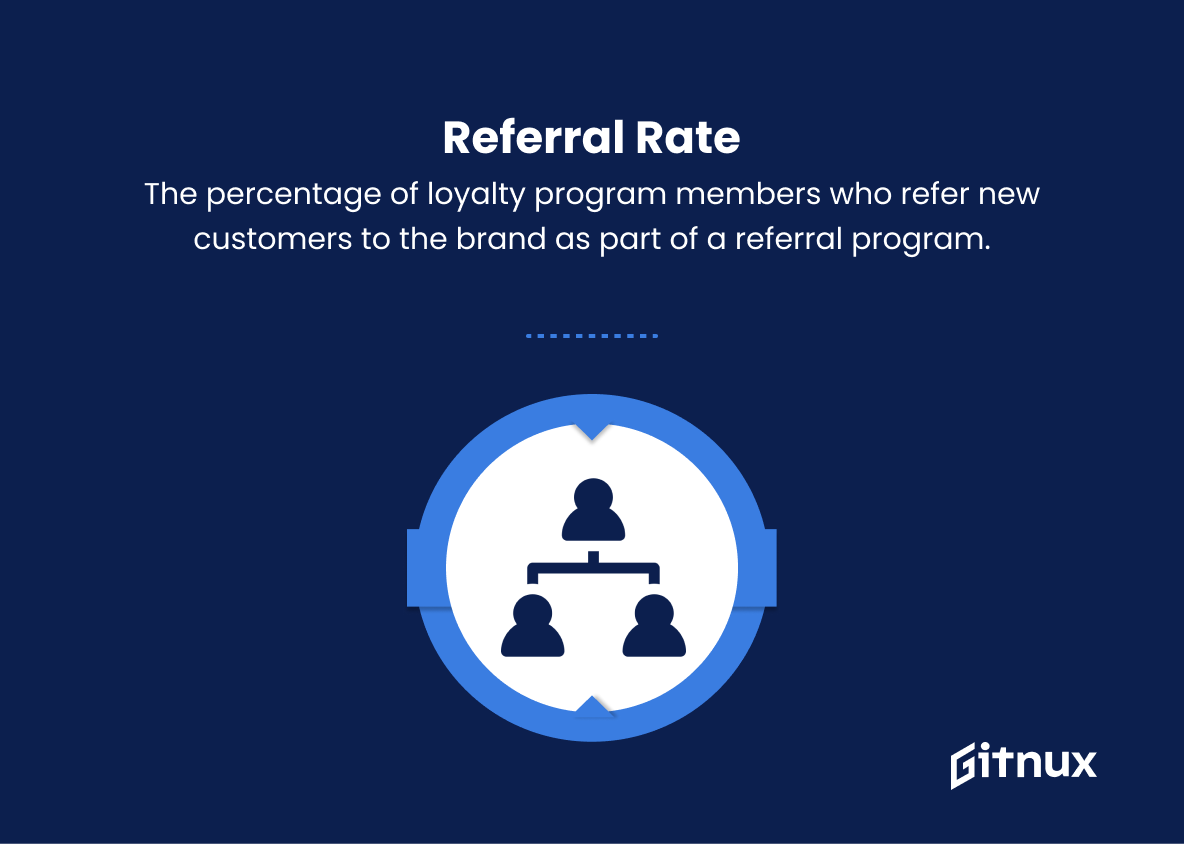In today’s competitive marketplace, businesses are constantly seeking effective methods to retain customers and foster long-lasting relationships. One proven strategy that has proven its worth across multiple industries is the implementation of loyalty programs. A loyalty program, when properly executed, can not only improve customer retention but also promote brand advocacy and increase revenue. However, to truly gauge the success of these initiatives, it is crucial to track and analyze Loyalty Program Key Performance Indicators (KPIs).
In this blog post, we’ll be delving into the world of Loyalty Program KPIs, discussing their importance and outlining the most vital ones to measure to ensure your loyalty program’s effectiveness and optimize customer engagement. So, buckle up and prepare to venture into the realm of data-driven marketing as we uncover the significant insights behind loyalty program performance.
Loyalty Program KPIs You Should Know
1. Enrollment Rate
The percentage of customers who sign up for your loyalty program compared to the total customer base. A higher enrollment rate indicates a more appealing or accessible program.
2. Active Member Rate
The percentage of loyalty program members who engage with the program on a regular basis (e.g. making purchases or redeeming offers). A higher active member rate signifies higher customer commitment and program effectiveness.
3. Retention Rate
The percentage of loyalty program members who continue to make purchases or engage with your brand over a specified time period. Higher retention rates demonstrate the program’s ability to foster long-term customer relationships.
In today’s competitive marketplace, businesses are constantly seeking effective methods to retain customers and foster long-lasting relationships.4. Average Lifetime Value (LTV)
The predicted net profit attributed to a loyalty program member over their entire relationship with the brand. Higher LTVs reflect added value generated by the program in terms of increased customer spending and loyalty.
5. Redemption Rate
The percentage of accumulated loyalty rewards or points redeemed by members. A higher redemption rate indicates members are finding value in the rewards offered.
6. Average Reward Cost
The average cost of the rewards redeemed by members, including discounts, free products, or other offers. A lower average reward cost suggests better resource allocation and cost efficiency for the loyalty program.
One proven strategy that has proven its worth across multiple industries is the implementation of loyalty programs.7. Customer Churn Rate
The rate at which loyalty program members cease their relationship with the brand. Lower churn rates indicate increased customer satisfaction and stickiness as a result of the program.
8. Customer Satisfaction Score (CSAT)
A measure of the overall satisfaction of loyalty program members with the program and the brand. Higher CSAT scores reflect effective program design and strong customer loyalty.
9. Program Incremental Revenue
The additional revenue generated by the loyalty program, comparing members’ spending patterns against those of non-members. Higher incremental revenue demonstrates the program’s success in driving additional customer spending.
A loyalty program, when properly executed, can not only improve customer retention but also promote brand advocacy and increase revenue.10. Referral Rate
The percentage of loyalty program members who refer new customers to the brand as part of a referral program. A higher referral rate suggests strong program advocacy and positive word-of-mouth marketing.
11. Loyalty Program ROI
The return on investment for the loyalty program, calculated as the program’s incremental revenue divided by the program’s total costs. A higher ROI indicates more cost-effective and successful programs in driving long-term customer value.
Loyalty Program KPIs Explained
Loyalty Program KPIs play a significant role in determining the effectiveness and success of the loyalty program in driving customer engagement and long-term value. KPIs such as enrollment rate, active member rate, and retention rate provide insights into the program’s appeal and ability to foster lasting customer relationships. LTV, redemption rate, and average reward cost help measure the program’s impact on customer spending, reward value, and cost efficiency.
Furthermore, churn rate, CSAT, and incremental revenue assess the program’s influence on customer satisfaction, brand loyalty, and revenue generation. Lastly, referral rate and loyalty program ROI evaluate the power of word-of-mouth marketing and the overall cost-effectiveness of the program. These KPIs collectively provide a comprehensive understanding of how well the loyalty program is driving long-term value and customer loyalty.
Conclusion
In summary, a successful loyalty program requires vigilant monitoring and analysis of various KPIs to ensure long-term growth and impact. To maximize the efficiency and effectiveness of a loyalty program, businesses must pay close attention to metrics like customer acquisition cost, redemption rate, customer lifetime value, active engagement rate, and program NPS.
By understanding and optimizing these KPIs, organizations can create programs that not only reward long-standing customers but also effectively attract and retain new customers. Ultimately, a well-structured, data-driven loyalty program has the potential to significantly improve overall customer satisfaction, brand loyalty, and revenue growth.
